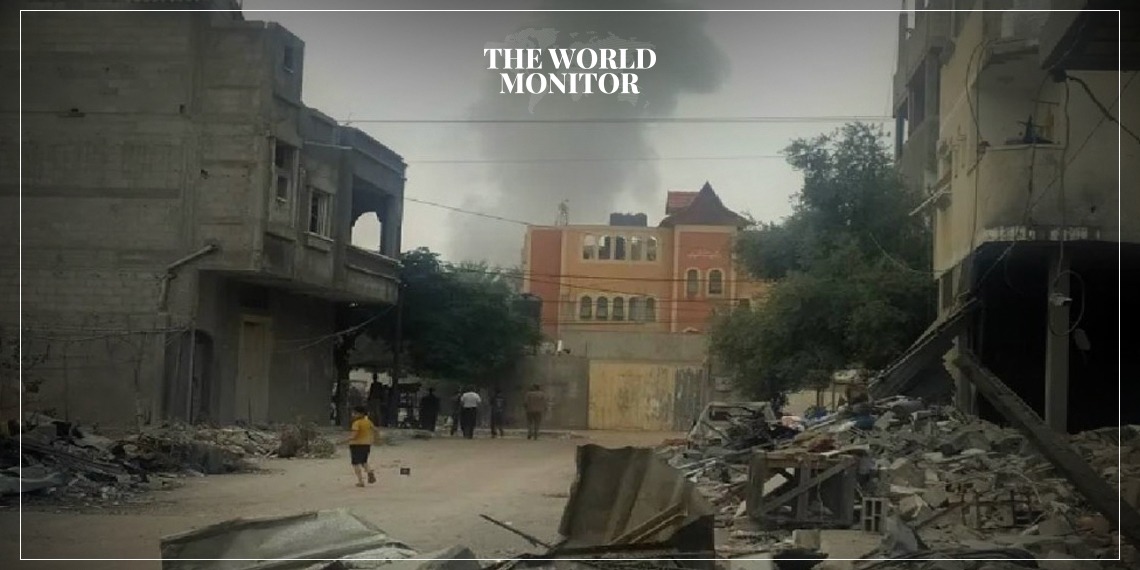The United Nations Office for the Coordination of Humanitarian Affairs (OCHA) has issued a warning about the widespread threat of infectious diseases among the 1.7 million internally displaced people in Gaza.
Approximately 80% of Gaza’s population has been displaced from their homes.
According to an OCHA statement released on Sunday, around 896,000 displaced individuals are currently residing in 99 facilities across central and southern Gaza.
The agency has recorded an increasing number of people suffering from various diseases, including acute respiratory infections, diarrhea, skin inflammations, and other hygiene-related illnesses, due to overcrowding and poor sanitary conditions in UN-run shelters.
OCHA highlighted that cramped conditions in southern Gaza shelters are forcing most men and teenagers to stay outdoors in schoolyards or streets.
The statement noted that about 400 Palestinians moved from Gaza City and northern areas to the south via Salah al-Din Road on Friday, coinciding with the start of a humanitarian truce.
The primary reason for this mass displacement, as per the UN agency, is hunger. Residents of northern Gaza have not received any food aid for weeks.
With the humanitarian truce in effect and some Gaza residents returning, the extent of the humanitarian disaster and massive destruction caused by the Israeli offensive is becoming apparent, particularly in the north and Gaza City.
Hundreds of Palestinian displaced who returned to the north to check their homes and neighborhoods, especially in border areas and those penetrated by Israeli military vehicles were shocked by the scale of destruction.
Eyewitnesses reported seeing bodies of dozens of victims lying in streets and neighborhoods upon returning to their homes in western Gaza City and in the towns of Beit Hanoun and Beit Lahia in the northern Gaza Strip.
Most bodies were decomposing, indicating that the victims had been dead for weeks, either during the incursions or while fleeing from Gaza City to southern areas.
Residents revealed that entire residential neighborhoods comprising hundreds of buildings and tens of thousands of housing units were completely destroyed, along with significant damage to roads, government and civil institutions, infrastructure, water, electricity, and communication networks.






